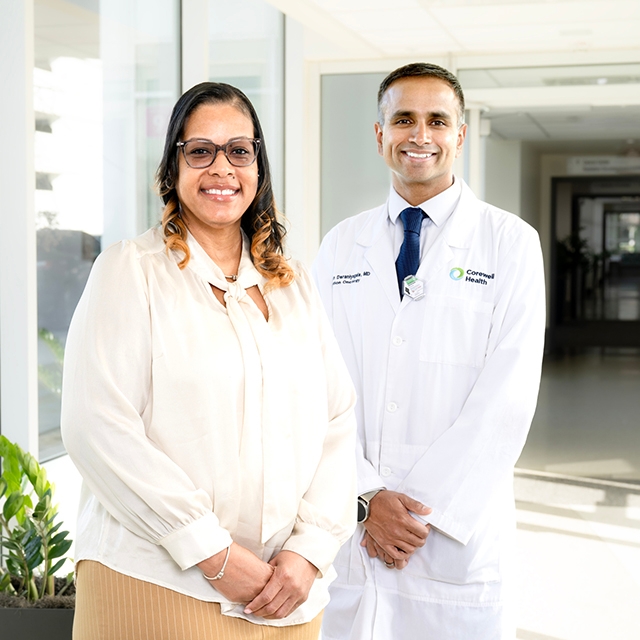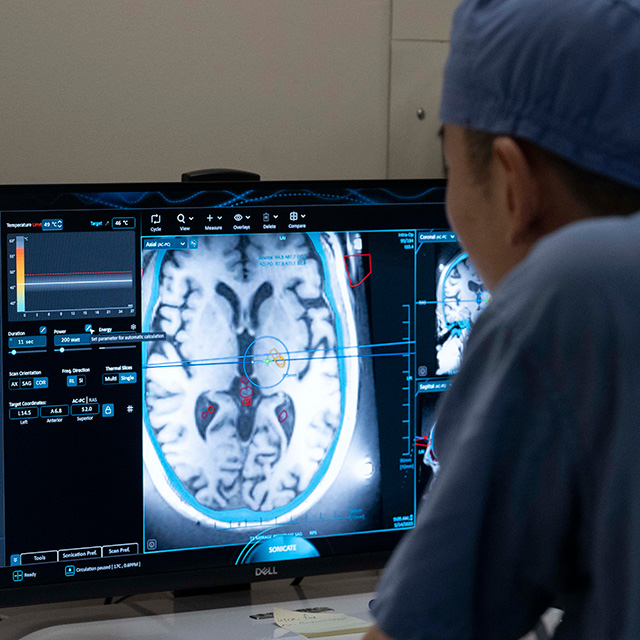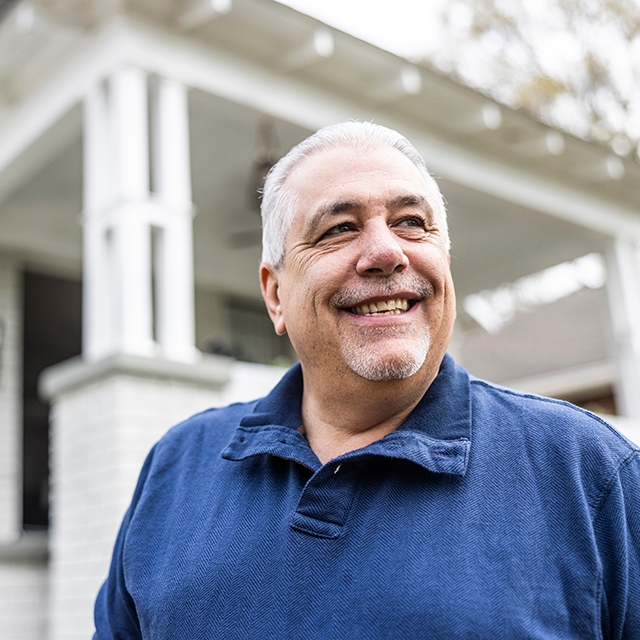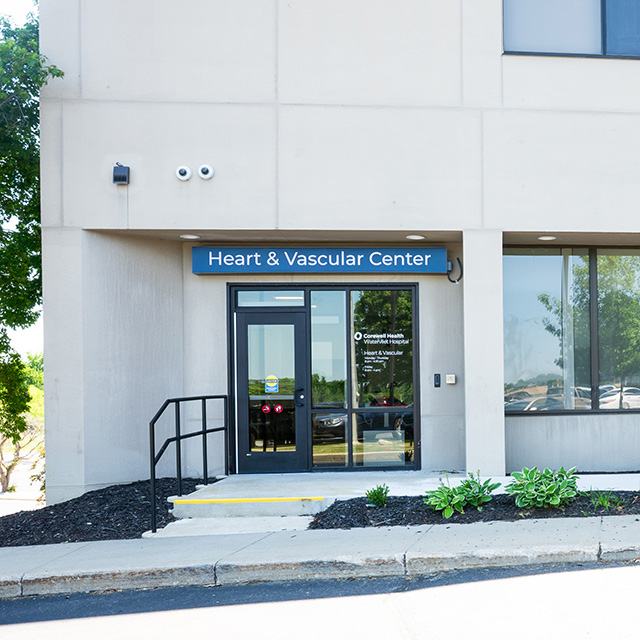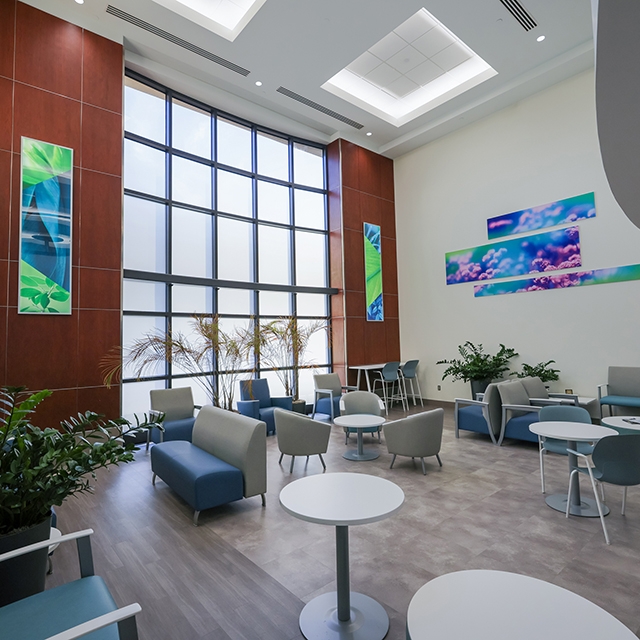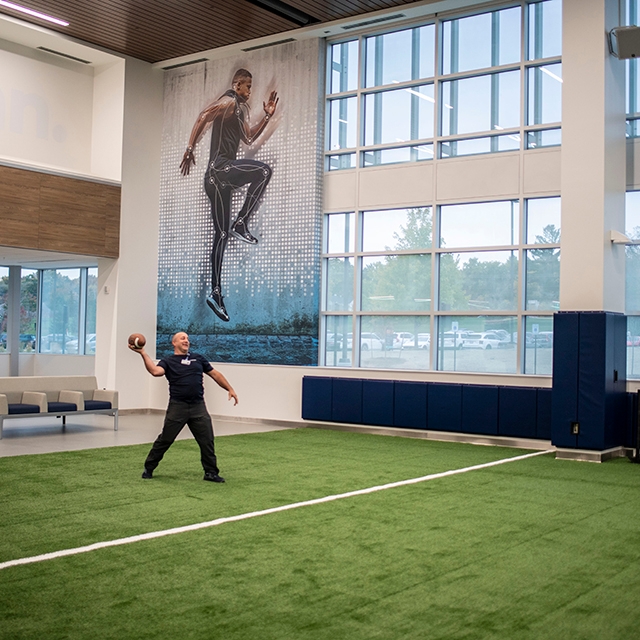A new precision therapy technique is targeting hard-to-treat cancers like never before.
Less Invasive Fibroid Treatment

Fibroids are a common complaint among women over 30 and can cause a variety of painful symptoms, such as heavy periods, back pain, and pelvic pressure.
According to the American Academy of Gynecology, 70% of women will have a fibroid diagnosis by menopause. Black women are at a two to three times higher risk than White women.
Treatment options in the past were limited — often complete removal of the uterus (hysterectomy) was the only option offered to patients. In recent years, innovations in the treatment of uterine fibroids have transformed the landscape of women’s health, offering new hope and flexibility.
Today, minimally invasive procedures offered at Corewell Health — Acessa and Sonata — harness technologies like radiofrequency ablation (RFA) to target fibroids precisely, shrinking them without major surgery, preserving the uterus, and reducing recovery time.
More about the Sonata procedure
Casey Parini, MD, division chief, women’s health, Corewell Health, described Sonata as a “revolutionary” treatment providing immediate relief to patients without surgical incisions. Patients have seen significant results with 95% lighter periods in 12 months and a return to normal activities in two to three days.
The procedure is performed in an outpatient surgery center or at a hospital, and patients will either be under twilight or general anesthesia. An ultrasound probe will be inserted into the vagina which then will map out where each fibroid is located. From there, heat will be used to permanently destroy the tissue of each fibroid.
More about the Acessa procedure
Jay Fisher, MD, obstetrician-gynecologist and president of the Corewell Health William Beaumont University Hospital medical staff, is successfully treating women with the Acessa treatment. “It’s really remarkable technology because it’s very precise, delivering (the radiofrequency) directly to the fibroid itself while not damaging any tissue around it.”
Patients experience 82% reduction in heavy bleeding, with most women back to work in four to five days, compared to a myomectomy or hysterectomy, which has a two- to six-week recovery time.
This procedure involves general anesthesia in a surgical setting. It uses a laparoscopic approach, requiring two small incisions in the abdomen. Small needles apply controlled heat, breaking down fibroid tissue for the body to absorb.
Ready to explore options?
Consult your primary care physician or gynecologist, who can assess your symptoms and refer a fibroid expert.


